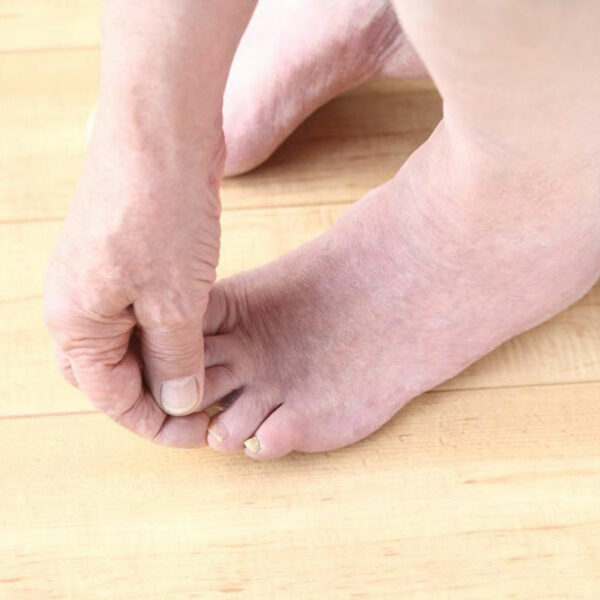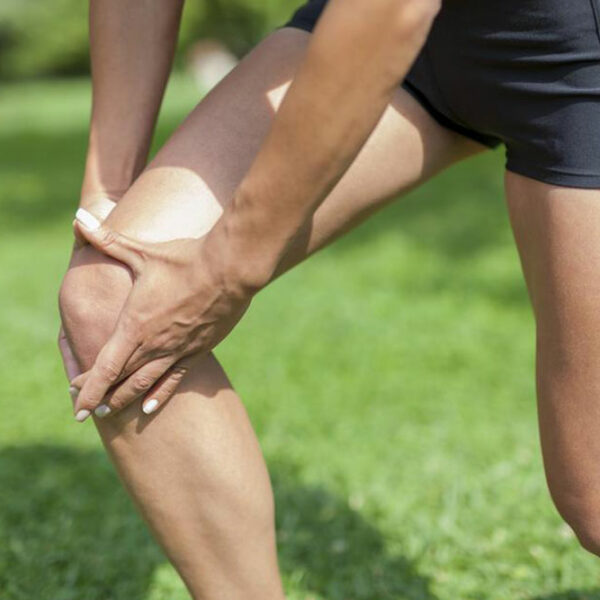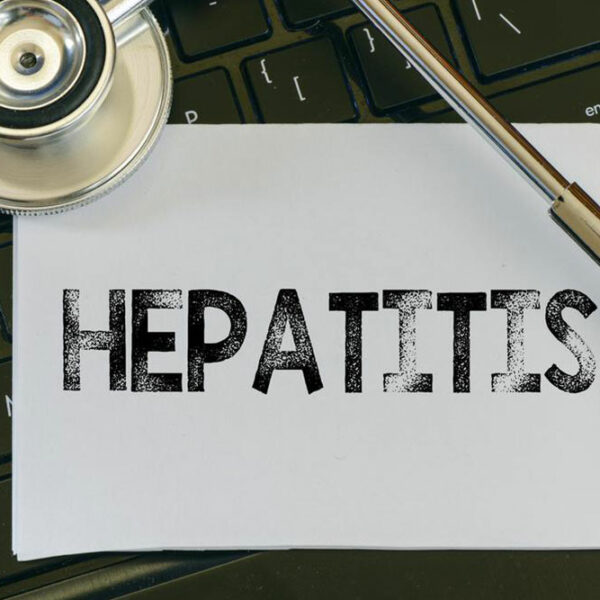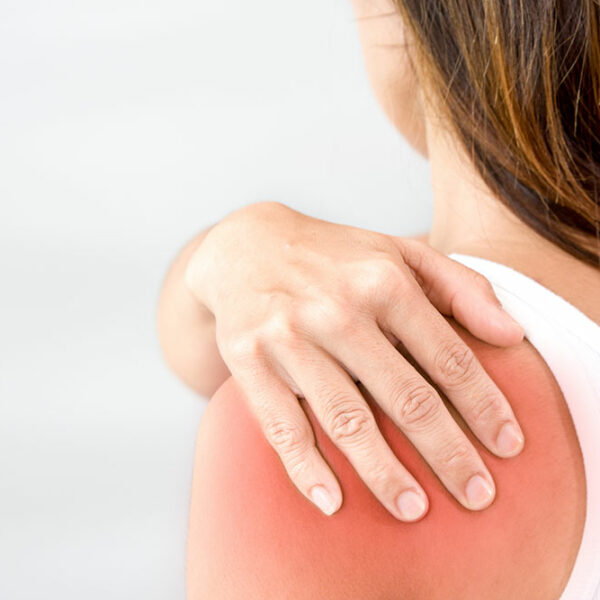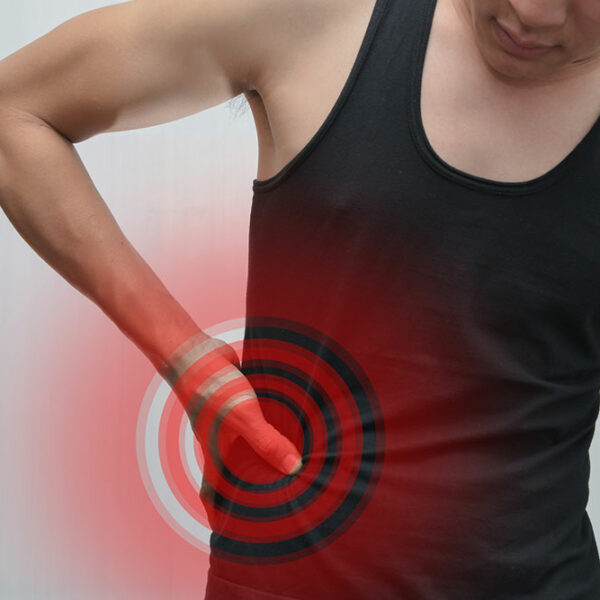
Signs of Liver Damage That You Should Never Ignore
Have you ever thought about taking care of the liver, the largest solid organ in your body? In most cases, we do not care about it until our doctors ask us to do so. More or less, you should learn about the functions of the liver and signs that can indicate any dysfunction. Before we initiate a discussion, we should know how vital the organ is for us and how it helps our body to work healthily. The liver carries out some critical functions such as generating essential fats, protein, and carbohydrates. Our liver also helps our body to remove harmful biochemical wastes and detoxify toxins, alcohol, and drugs. An under-performing liver can cause plenty of disorders. Here we will discuss the liver damage signs that you should learn early to prevent further damage. Some important facts about the liver Our liver comes with a number of special features. The liver is connected to the intestines and gallbladder by some tubes. Bile produced by the liver transports to the gallbladder through these tubes. The bile comes to the gallbladder when we do not take meals and later it goes to the intestine to help with the digestion process. Our liver is located at an appropriate place in our body, and it receives blood coming from the intestines.

